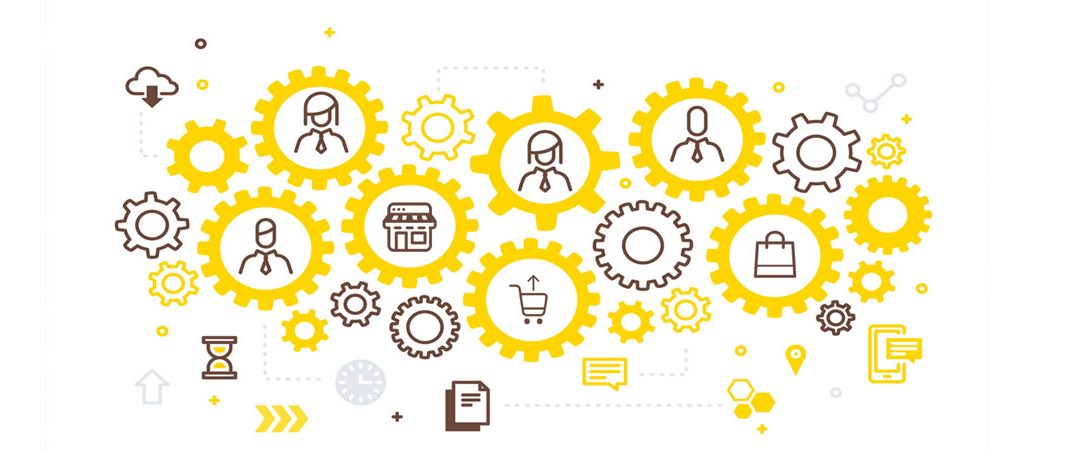Many IT managers at the moment are wondering exactly what Information Technology Infrastructure Library (ITIL) 4 is all about. What changes does this framework feature compared to the previous version (ITIL v3)? And can it really improve business processes?
One thing’s for sure – companies will only survive in the long term if they are able to adapt quickly to new technical and organizational conditions. ITIL 4 provides the appropriate means to this end, but does not leave out essential aspects of ITIL v3. Its main innovations revolve around the increased importance of agility, DevOps, customer perception and experience, as well as support in the digital transformation.
What’s new in ITIL 4
The service value system, four dimensions, practices instead of processes, and basic principles form the core elements of ITIL 4.The service value system handles value creation. It describes how all components and activities within and outside of a company work together to create added value for stakeholders. The four dimensions, also known under ITIL v3 as the “four Ps,” guarantee a holistic approach – these include:
• Organization and people: How is the achievement of objectives supported by the corporate culture, as well as the right employee performance and expertise?
• Value streams and processes: How do individual parts of the company work together in an integrated and coordinated manner to create added value?
• Information and technology: Which information and knowledge or technology is required to manage services?
• Partners and suppliers: What are the relationships between organizations in terms of developing, deploying, delivering, supporting, and continuously improving services?
Expanding the processes to include elements of culture, technology, and information and data management allows a holistic view of working methods. These are described in the 34 practices. Last but not least, these basic principles support companies in continuously improving across all levels.
Core processes grow together strategically
With ITIL 4 as an integrated model, digital service management in particular is shifting into a strategic context. IT service management, development, operation, business relationships, and governance are viewed in a holistic manner. This collaborative approach helps companies to better meet the requirements of digitization. In this context, IT departments no longer occupy an exclusively supporting role, but are moving much closer to relevant business processes or even becoming core processes themselves.
As with ITIL v3, companies should not blindly use ITIL 4. Agile work in particular often means chaos. While the buzzword itself may be common, the principles and workflows associated with it are not. For this reason, companies should first develop a common understanding of their “own agility.” Only then does it make sense to think about using ITIL 4 and supporting solutions.
Valuable aids: artificial intelligence and chatbots
In order to optimally implement the holistic principle of ITIL 4, companies should use supporting solutions with an integrated approach. That’s because isolated solutions often cause data loss at the interfaces, which can potentially lead to poor decision-making due to inaccurate data. Integrating AI can also help companies to understand increasingly complex relationships between different processes. This allows predictions and companies to react to incidents much faster and – above all – in a more targeted manner.
Appropriate forms of presentation such as Kanban boards or simple organization in groups should support agile methods. A simple adaptation of the solution used by means of configuration is obligatory in order to meet important customer experience requirements in ITIL 4. When choosing the right service management solution, companies should make sure that it is easy to communicate with the IT department. Companies can do this, for example, via chatbots that initially record all requests and transfer them to the IT department at a defined point. This saves a lot of time and improves the customer experience.
Much room for improvement in the digital transformation
ITIL 4 constitutes a good and important contribution to service management in the digital age. However, user companies all too often feel like they’ve been left to their own devices when it comes to agile-, lean-, or DevOps-related topics. As a result, they lack knowledge about well-founded and future-proof implementation.
In conclusion, ITIL 4 incorporates tools, automation, and artificial intelligence. However, the focus should clearly lie on companies and their relationships, as well as customer perception.

